To celebrate the 70th anniversary of Honda has founding, we continue our JCCS coverage with the brand that Old Man Soichiro built. Thanks to a bigger venue this year at Marina Green Park, JCCS is now able to allow 90s cars, arguably the prime decade for Honda.
Unfortunately, the bigger venue also meant that the show wasn’t choked with the parking problems they had at the Queen Mary. That means over 10,000 spectators flooded in, making photography somewhat difficult.
There were too many N- and Z-series cars to photograph, but we were particularly fond of Ryan Baisley’s 1972 N600. His color-matched Work Equip 03 wheels were a particularly nice touch that set the car, which Ryan named Buttercup, apart and gave it a sporty look.
We were also fond of Jorge Medina’s rally-racey 1975 Civic, especially with what appear to be optional accessory wheels that are probably fairly rare these days. We’re not sure if it was B3M Blue Metallic, a rare one-year-only color, because we’ve never actually seen it in person. If any Honda-heads know, please chime in in the comments.
Richard Maginn’s 1982 Accord LX hatchback wore rare options such as accessory alloy wheels and period dealer installed louvers. Though the first-year-only Savoy Brown Metallic beauty would have come with federally mandated rectangular sealed-beam headlights when new, this car wears Japan-spec halogen units and accompanying grille for a sleeker look. Richard won second place in the Mid-Years Honda category.
Chris Green’s 1979 Accord sedan is, amazingly, an all-original unrestored survivor. Perhaps even more impressively, the 2-speed automatic car is a Touge California veteran. A perennial favorite, Chris took home the Best Mid-Years Honda.
Alfredo Martinez’s 1986 Honda Civic conjured visions of Kanjo racing, with its JDM lights and Osaka JDM rear wing. We loved the matching white rare Volk Racing 4/5 S wheels, the JNC OK decal, and the subtle Motul oil sticker, a reference to the Mugen Motul EA-T Civic that won every single race in its Division 3 Group A championship in 1987.
Corey Goss’s 1991 Honda CRX Si was resplendent in its iconic, final-year-only Tahitian Green Pearl paint. SSR Superfins added some 90s flair, and its factory window and sunroof visors are rare accessory items.
Beside it was Fernando Valdivia Jr.’s astoundingly original 1985 CRX Si. It has been in the family for 20 years, and came with just about every accessory available at the time — aero package with fog lights, reflective rear panel with “CRX” emblazoned across it, and louvers. It is a true survivor as well, with just 51,000 miles on the clock.
Expressing JDM-USDM style was Jason Etchinson’s 1989 ED6. The term comes the early misuse and widely abused term “JDM” in the US, which for most cars looked nothing like the Japanese-spec counterparts they sought to pay tribute to. However, that look has since caught the eye of USDM fans in Japan, which emulated the look. A bagged stance and rare wheels like SSR Air Stages are part of the look, but perhaps the most distinguishing characteristic of the look are sub-optimal trim level cues, like black DX bumpers and door guards, a lower-trim-only color like YR88 Almond Cream (complete with high-end trim stickers) and, naturally, California sunset plates.
Aldrich Gatpayat’s 1988 CRX still wore its original R63 Rio Red paint job and interior. As denizens of southern California and owners of sun-sensitive red cars know, it’s pretty rare to find a Honda of this age and color that still has both. Add a slight drop on Work Meister S1 and an HKS Sport exhaust, and you have a clean throwback to the days of techno.
Perhaps no other Honda defined the 90s quite as much as the Acura Integra. Cars like Juan Frech’s red 1991 and Anthony Keuth’s Jasper Green 1991 LS were for many the aspirational car of the www decade and kicked off the mainstreaming of the tuner craze. With the new JCCS age cutoff, the show as absolutely teeming with ‘Tegs.
Tein Suspensions even rocked one at their official booth. Raymond Yuson’s 1991 sedan was in many ways an epitomization of those trends, with period mods such as JDM one-piece headlights, Tanabe G-Power Medallion exhaust, an Alpine deck, and wheels made by Racing Hart actually called the Tuner.
Ernie Uy’s first-gen 1989 Integra never fails to impress. With its Mugen wing, Special Edition skirts, SSR EX-C Neo wheels and JDM lighting all around, it exemplifies the beginnings of the Tuner Era. Though modified in period, it was done in a clean subtle way that somehow avoided the gaudier fads of the day.
Ho Dao’s 1992 DA9 was a nicely restrained tribute to the era. It had just the right amount of period mods, like a Kaminari front bumper and Wings West spoiler. Normally, that combination would imply a certain luridness, but somehow this car makes it work and keeps it clean and tasteful while evoking the trends of that time.
It’s really a shame that all the 90s Honda prizes went to DC Integras, because there were some truly stunning DAs. Elmer Landaverde’s 1991 DA9 was another great example, with a full XSi converted interior and rare Hokuto Crimson Thunder wheels.
Not to single out any specific DC2, because Alex Alfaro’s white 1997 Type R was certainly worthy of a prize. It probably had every single Mugen accessory available and could have served as a rolling showcase of Honda’s in-house tuning division.
Honda itself had a strong presence as well, with a large booth that showcased everything from a 1987 Legend sedan in a rare one-year-only B41 Antiqua Blue color to a stunning new NSX in 130R (that’s named after the famed Suzuka corner, not a paint code) White.
Honda also brought for the first time its 1965 S600 roadster. This particular example, which we saw during our second tour of the American Honda collection. Obviously, it’s a strange car for Honda USA to have, since it was never sold here, but this particular example was originally delivered to Switzerland and brought back by a US serviceman stationed there.
Of course, the collection’s familiar Caroline Yellow 1975 Civic CVCC was displayed proudly as well.
The three winner in the Best Classic Honda category were all cars already covered in our JDM installment, proving that appreciation for Japan-market cars is growing quickly. Staring with third place, Akihiko Toyama’s 1974 StepVan took home the bronze.
Second place was awarded to Megumi Nagata’s museum-quality 1971 Vamos. We’re pretty sure the original never had a tartan upholstery, but if you’re going to reskin a 360cc Honda it might as well pay tribute to an iconic motorcycle.
The winner of the Best Classic Honda prize went to Mike and Barbara Malamut’s 1968 N360. This wasn’t a US-spec N600, but an imported N360 originally delivered to Paris, France. It is said to have been owned until last year by the original lady who purchased it new, and has clocked just 7,000 miles.
To be continued…
We’ll have more 2018 JCCS coverage coming up, but in the meantime, in case you missed it, check out Part 01 — JDM, Part 02 — Toyotas, and a spotlight on the Wild Cards.


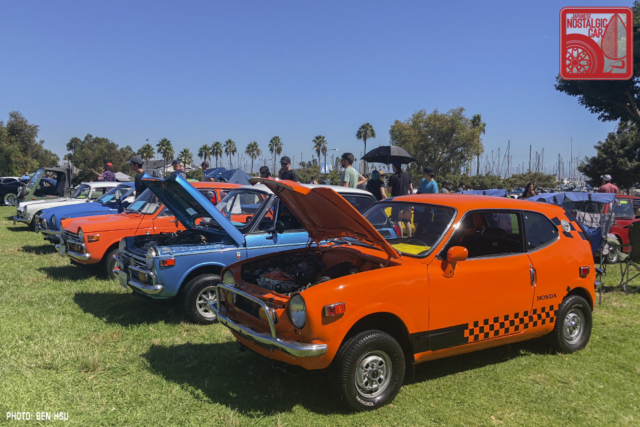
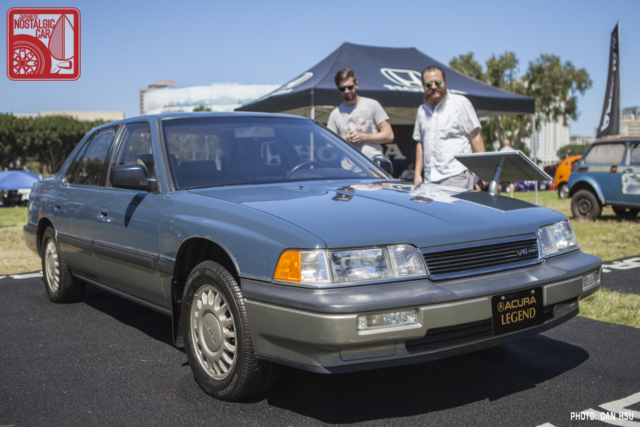
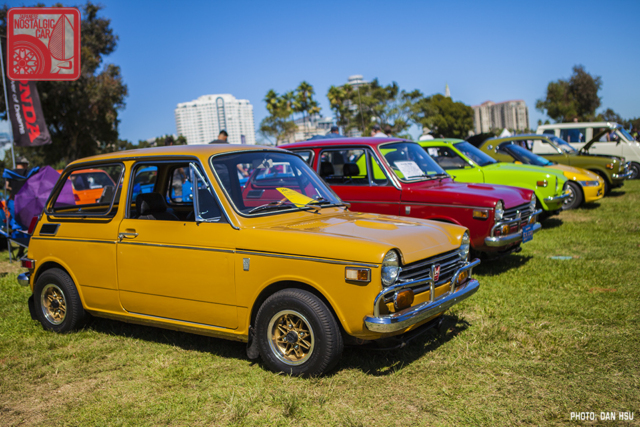
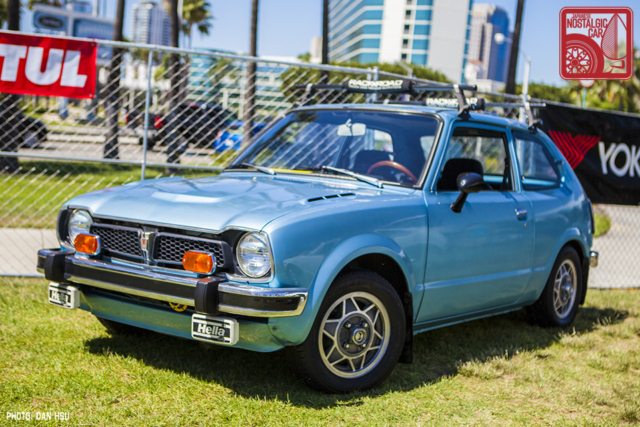
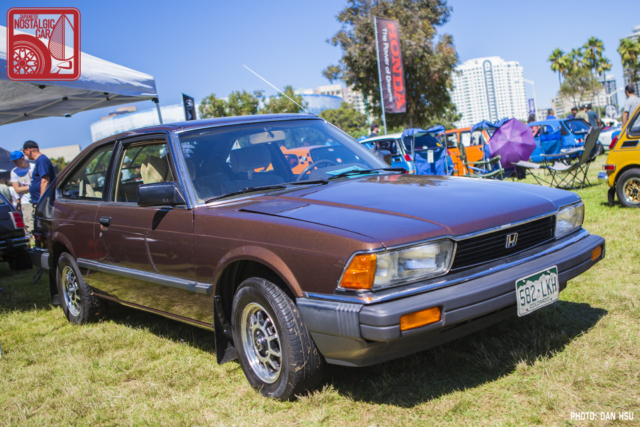
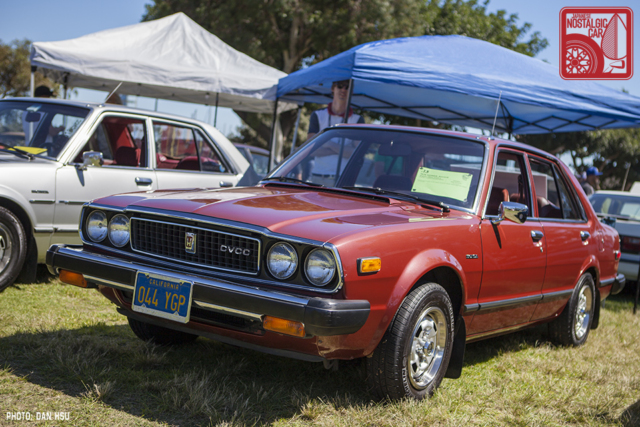
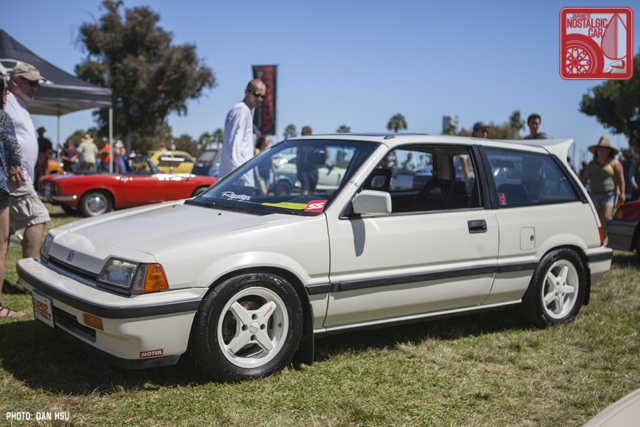
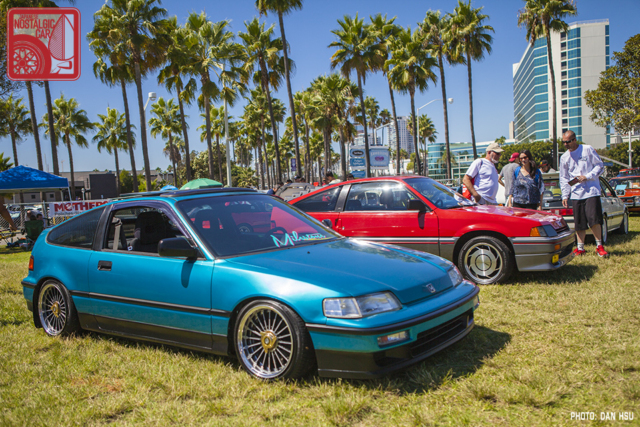
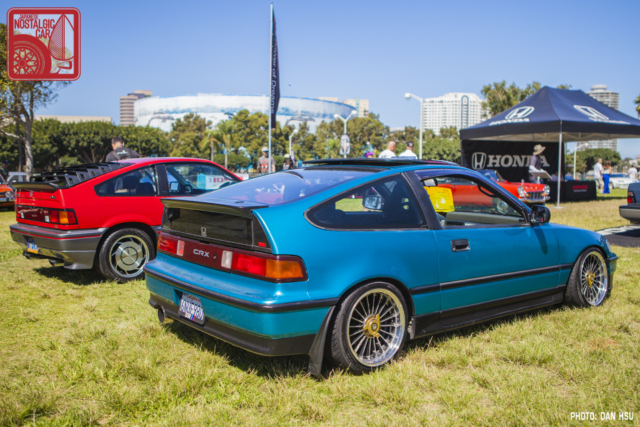
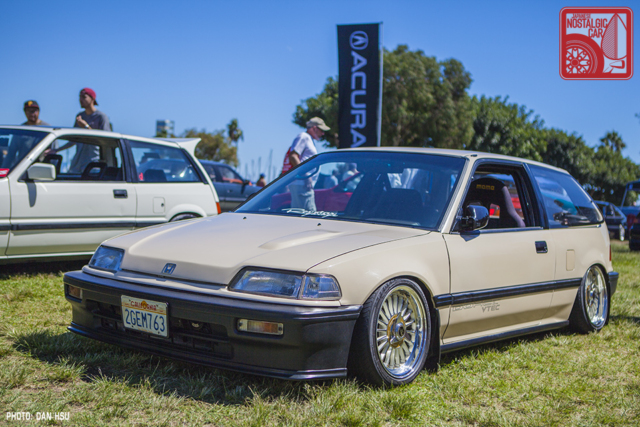
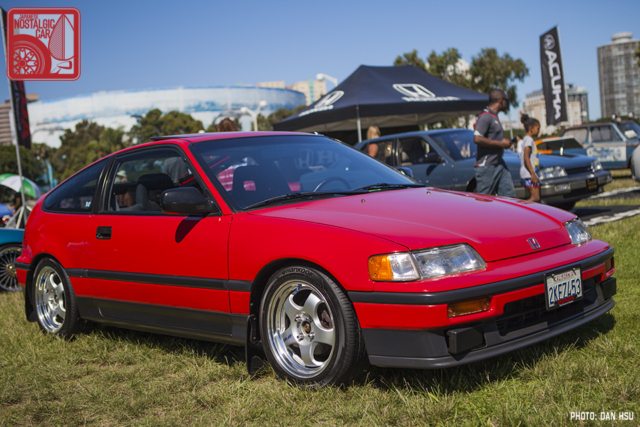
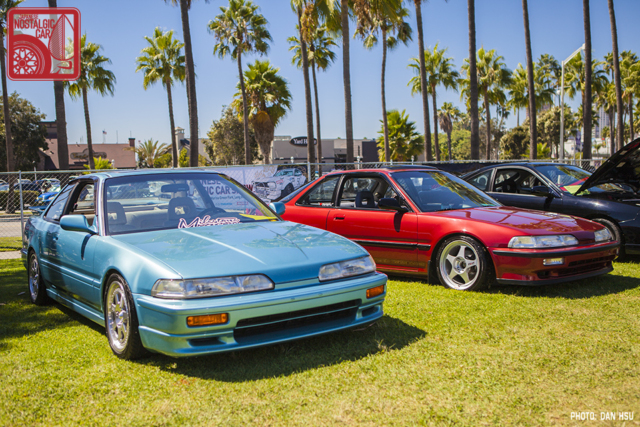
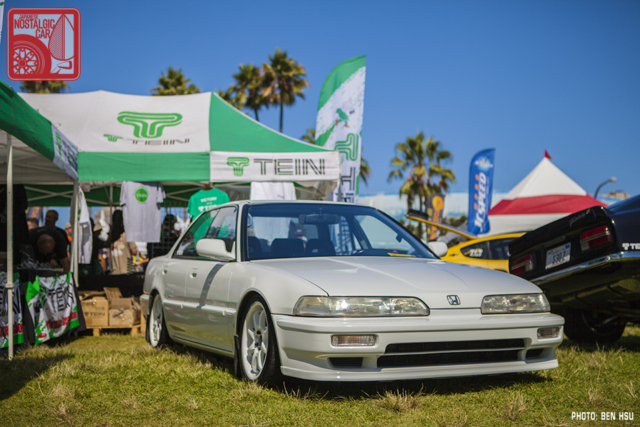
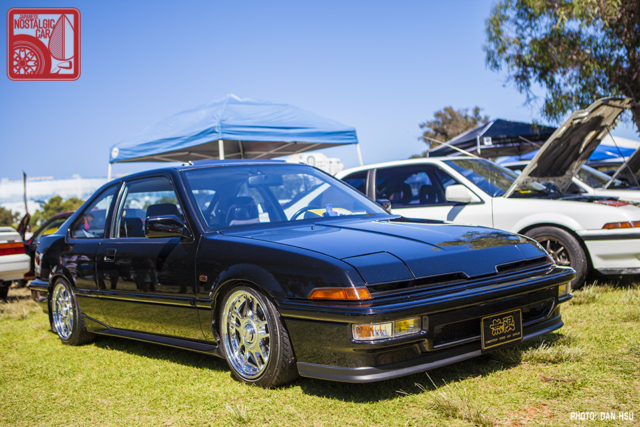
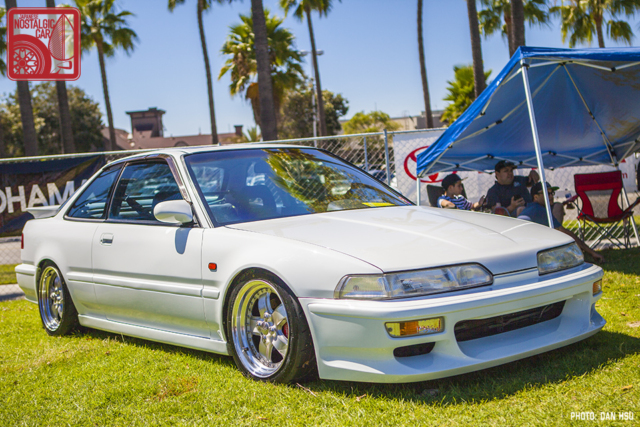

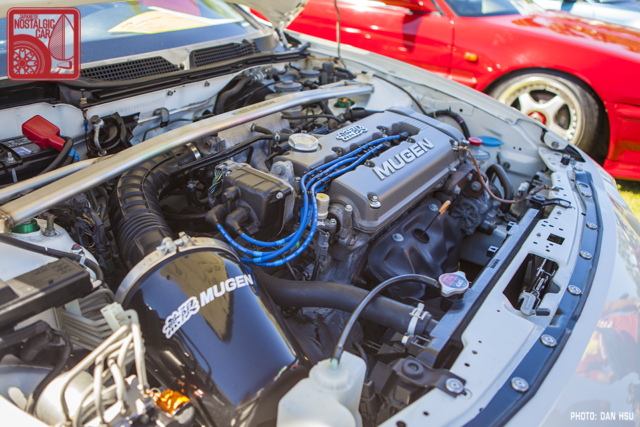
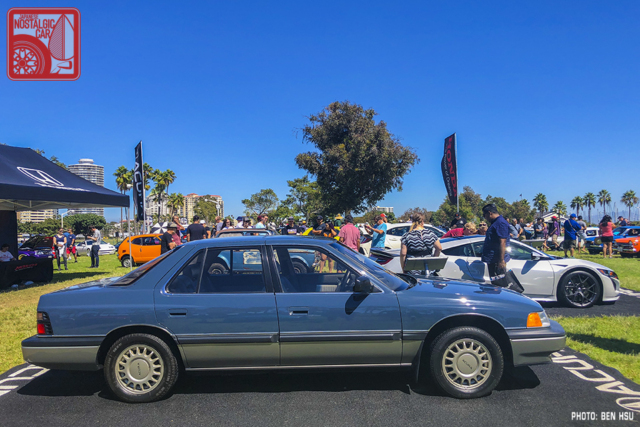


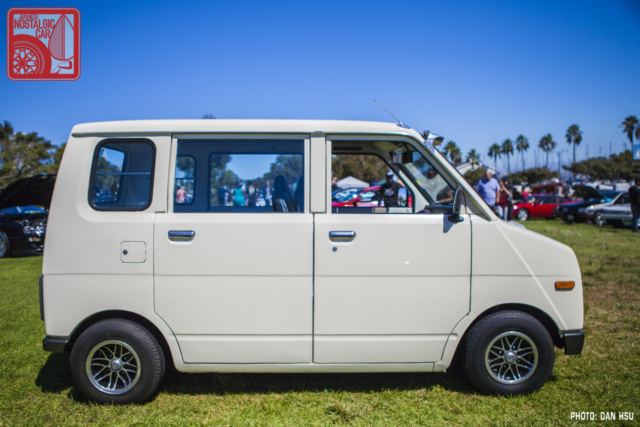
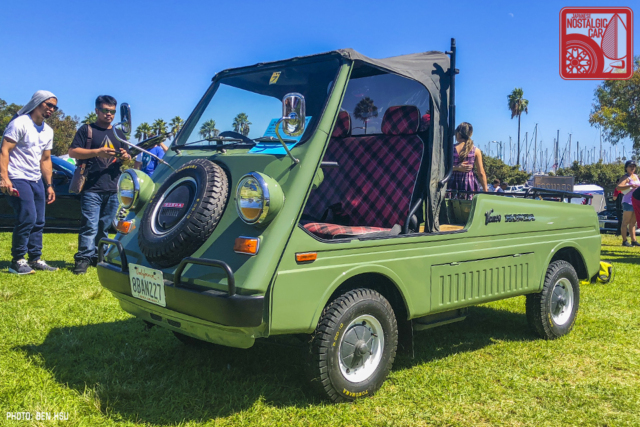





Fantastic! I’m a sucker for bone-stock cars and Honda seems to have had the most of those at the show.
We didn’t take photos of the super gaudy cars. 😉
The Caroline Yellow 1975 Civic CVCC was the one on Wheeler Dealers, right?
So many nice classic Honda’s!
Thank you for the shot of my Integra Sedan. Been a spectator at JCCS for a long time, imagine the surprise when the cutoff was changed and allowed cars like mine. That car is my 4th, 2 coupes and another sedan back in the day, and most likely my last. Hopefully one day passed to my son.. Honored to be on JNC! ???
No probs, Ray. Love your story about passing it onto your son. I support the idea preserving the cars for the younger generation wholeheartedly.
Is that my old Savoy Brown Metalic 82 Accord? Identical to the one I bought new back then right down to the alloy wheels and hatch window slats. OK…Mine came with the US spec headlights, of course. If that is a 5 speed, it could be my old car. (Probably not, though, since I bought mine in Biloxi, MS.)